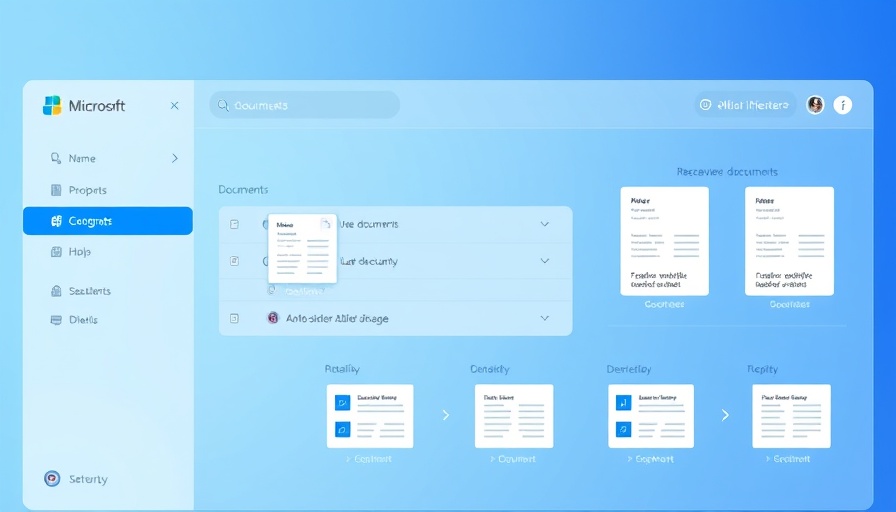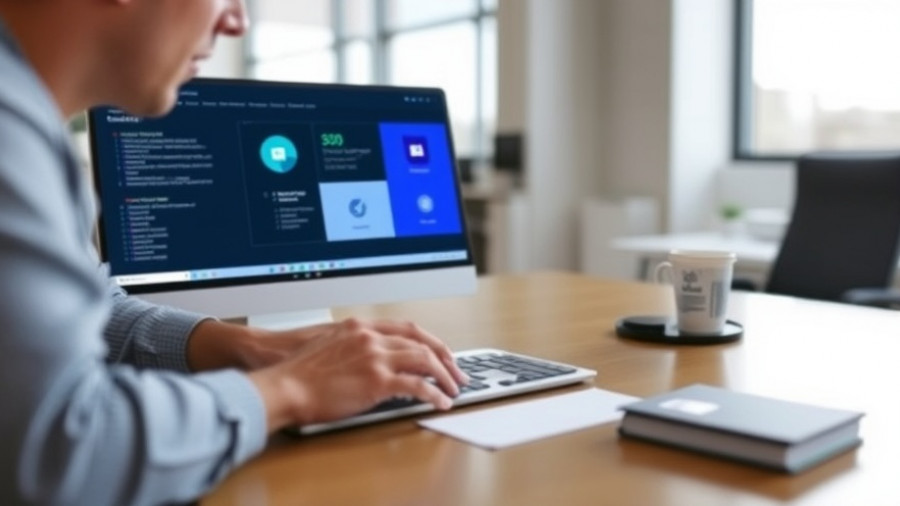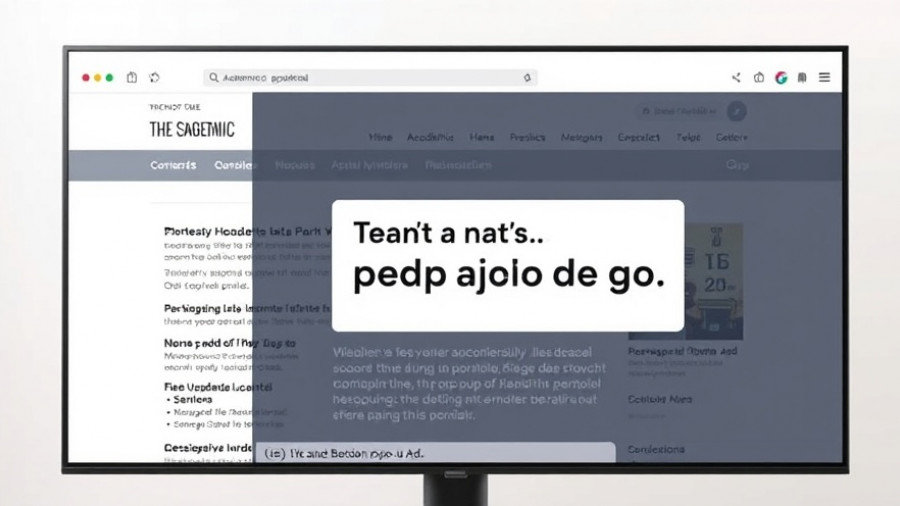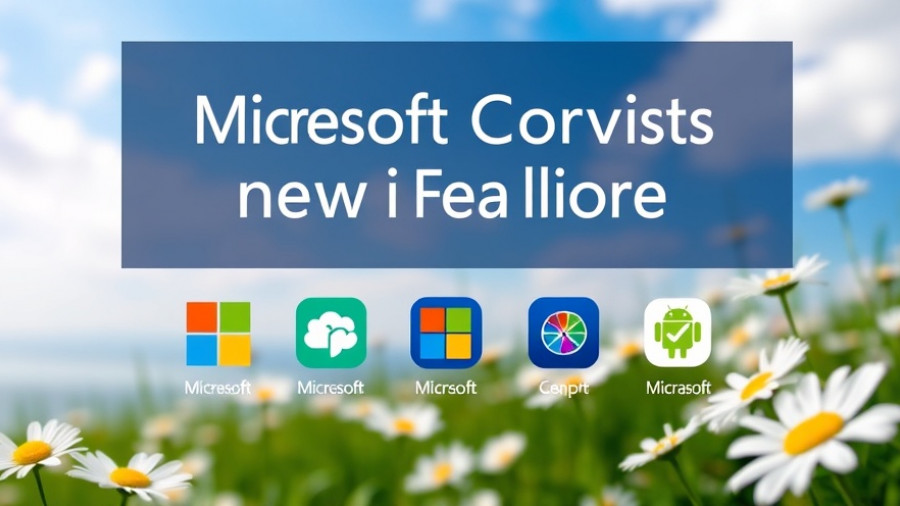
Microsoft Copilot: Bridging the Gap Between Google and Microsoft Services
Microsoft's latest update for the Copilot assistant marks a pivotal turn in the way users manage their digital tasks. Copilot can now seamlessly access emails, calendars, and files from Google services, alongside Microsoft applications. This integration allows users to interact with both Microsoft and Google ecosystems using natural language search, ushering in an era where cross-platform productivity is feasible and user-friendly.
A Deep Dive into New Features and Capabilities
The update introduces several notable enhancements that reflect Microsoft's commitment to making productivity tools more interconnected. Users can now opt to link their Google accounts—such as Gmail and Google Drive—to Copilot. This access enables a single prompt to search across personal data that spans emails, documents, and calendars from multiple services. With queries ranging from 'What’s Sarah’s email address?' to 'Find my school notes from last week,' Copilot aims to simplify how users retrieve information, making it easier to navigate the digital landscape.
Reimagining Productivity with Instant Document Generation
Among the standout features is the instant document export capability. As long as the user’s text exceeds 600 characters, Copilot can automatically generate Word, Excel, or PowerPoint files on demand simply by issuing a command like 'Export this text to a Word document.' This not only minimizes the friction between applications but also embodies Microsoft’s vision of making Copilot the core of a user’s productivity environment—eliminating the need to toggle between applications.
Concerns Over Data Privacy: Balancing Convenience with Security
While these advancements promise great convenience, they also raise essential questions about data privacy. By allowing Copilot access to crucial personal and professional information, users must evaluate their comfort level with AI handling sensitive data. This trust in technology is crucial, particularly considering the range of information accessible through a single, integrated platform. For some, the appeal lies in enhanced convenience, yet for others, the risks could deter them from opting into these features.
The Future of AI Assistants: An Interconnected Productivity Ecosystem
This update sets a precedent for future innovations in AI-powered assistance. Copilot aspires to be not just a tool for generating responses but a comprehensive system capable of encapsulating all user tasks under one roof. As more users begin to embrace cloud services—like those provided by Google—the ability to integrate various platforms opens opportunities for collaboration and productivity that were previously unattainable.
Conclusion: Embracing the Next Generation of AI Productivity
As Microsoft continues to roll out these features, users should consider how automation and AI tools can innovate their workflow. The potential for significant improvements in personal productivity through AI assistance is substantial, but it hinges on trust and security. Understanding how to leverage these tools while maintaining control over personal data will be key as we transition into a more interconnected digital age.
 Add Row
Add Row  Add
Add 




Write A Comment